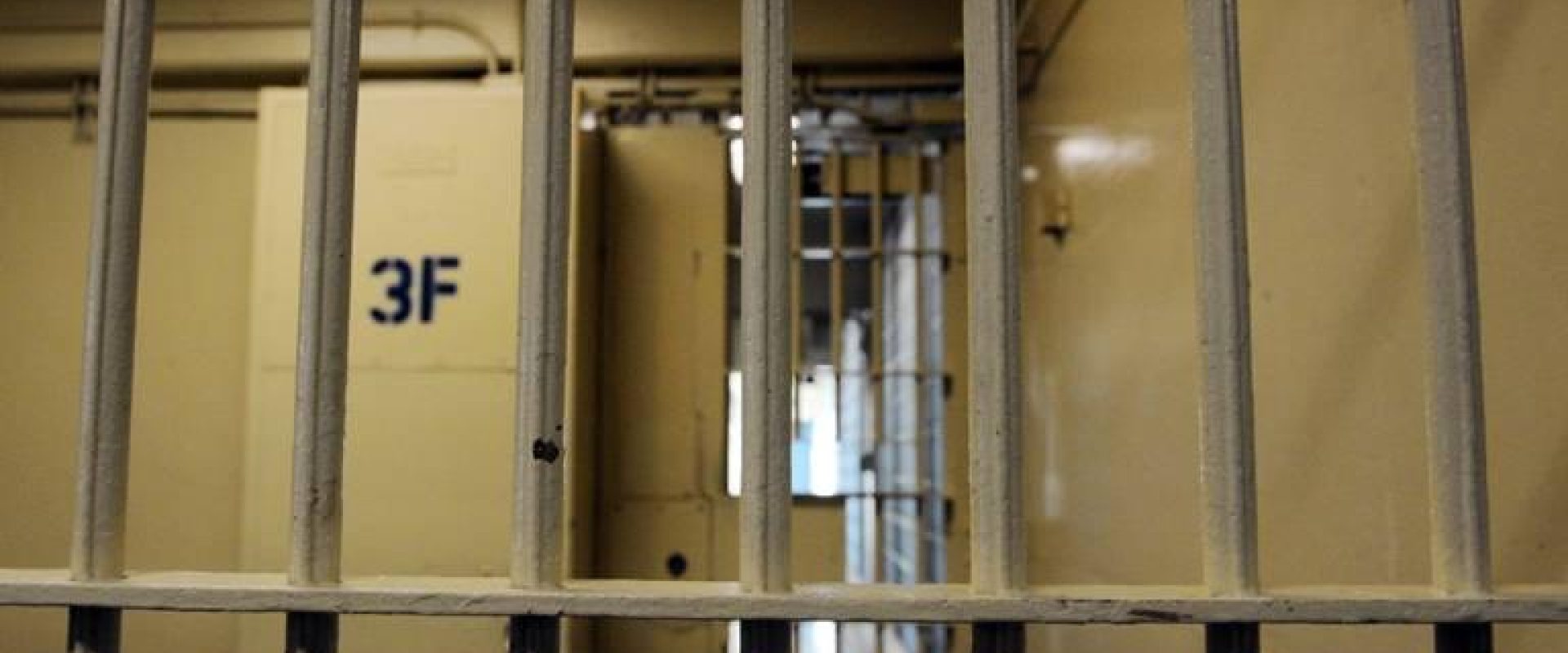We honor the transformative life of Dr. Jerome G. Miller (1931 – 2015), whose leadership in Massachusetts helped spark a nationwide revolution in juvenile justice. As CJCJ’s founder, Dr. Miller’s legacy continues to inspire advocates working to replace punishment with purpose and confinement with care. Dr. Jerome G. Miller’s leadership first transformed Massachusetts’ approach to youth justice and then reshaped national juvenile policy. His actions proved that compassion and community could succeed where confinement had failed.
Dr. Miller’s work demonstrated three historic truths:
- Large congregate training schools were obsolete and could be safely closed.
- Community-based, non-institutional interventions could effectively replace institutional confinement.
- Closing entrenched institutions required extraordinary political resolve and the courage to challenge deep-seated bureaucratic resistance.
These lessons reverberated far beyond Massachusetts, demonstrating that an alternative, humane system could work at scale and inspiring reforms in states across the nation.
After his groundbreaking tenure in Massachusetts, Dr. Miller continued his lifelong advocacy by founding CJCJ in San Francisco and co-founding the National Center on Institutions and Alternatives (NCIA). Both organizations carry forward his mission to advance humane, evidence-based alternatives to incarceration.
Dr. Miller’s legacy continues to inspire advocates working to replace punishment with purpose and confinement with care.
